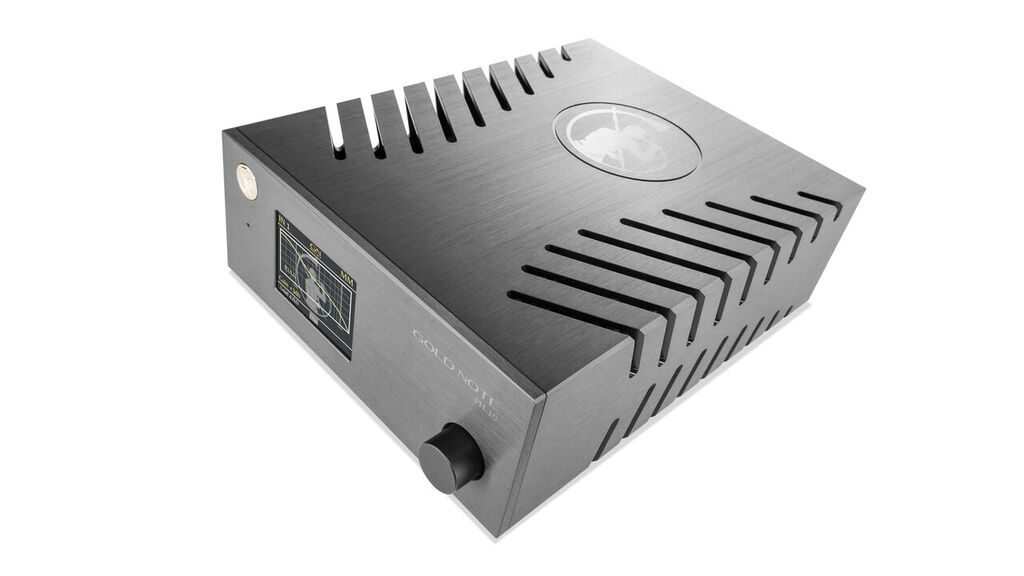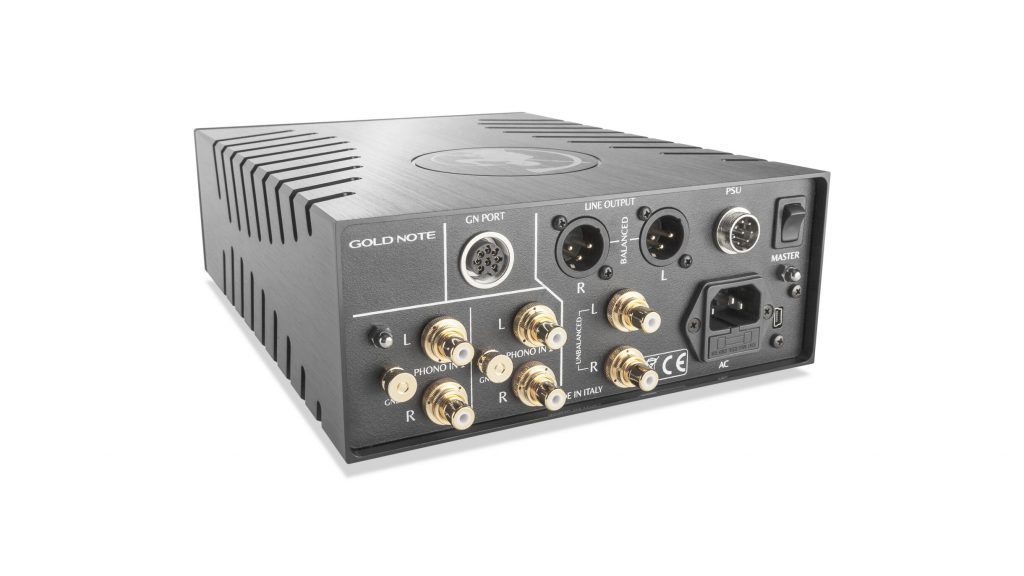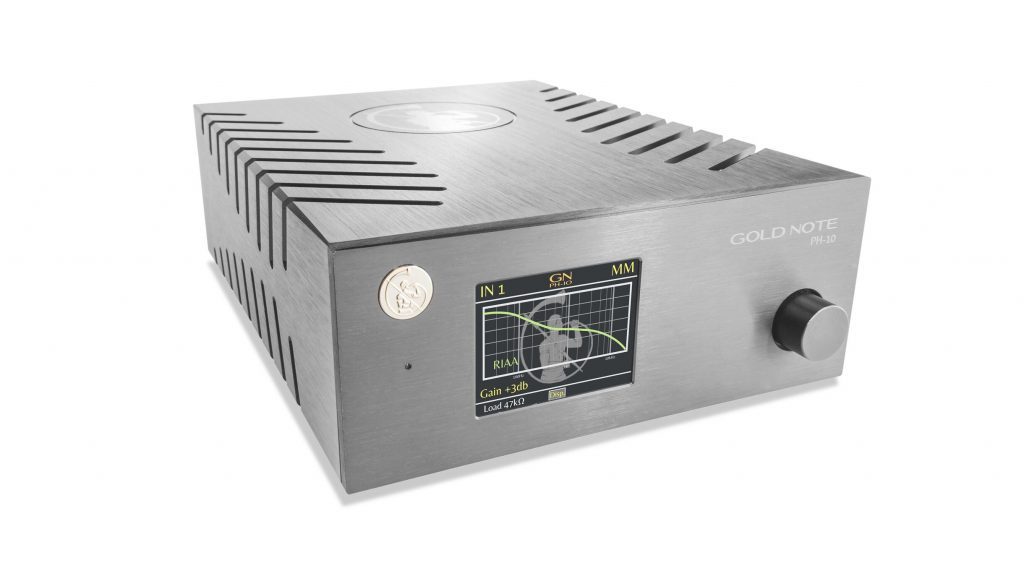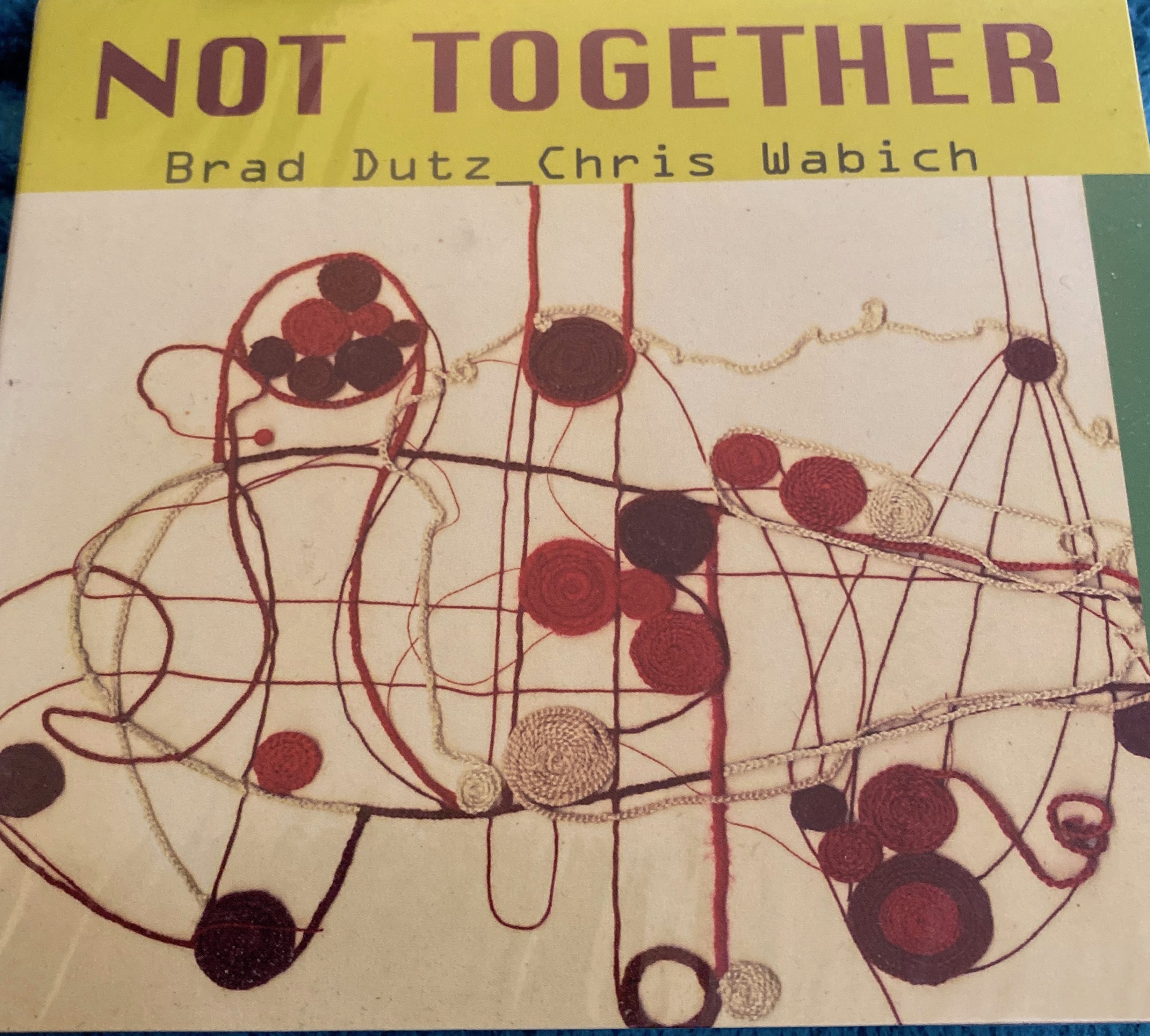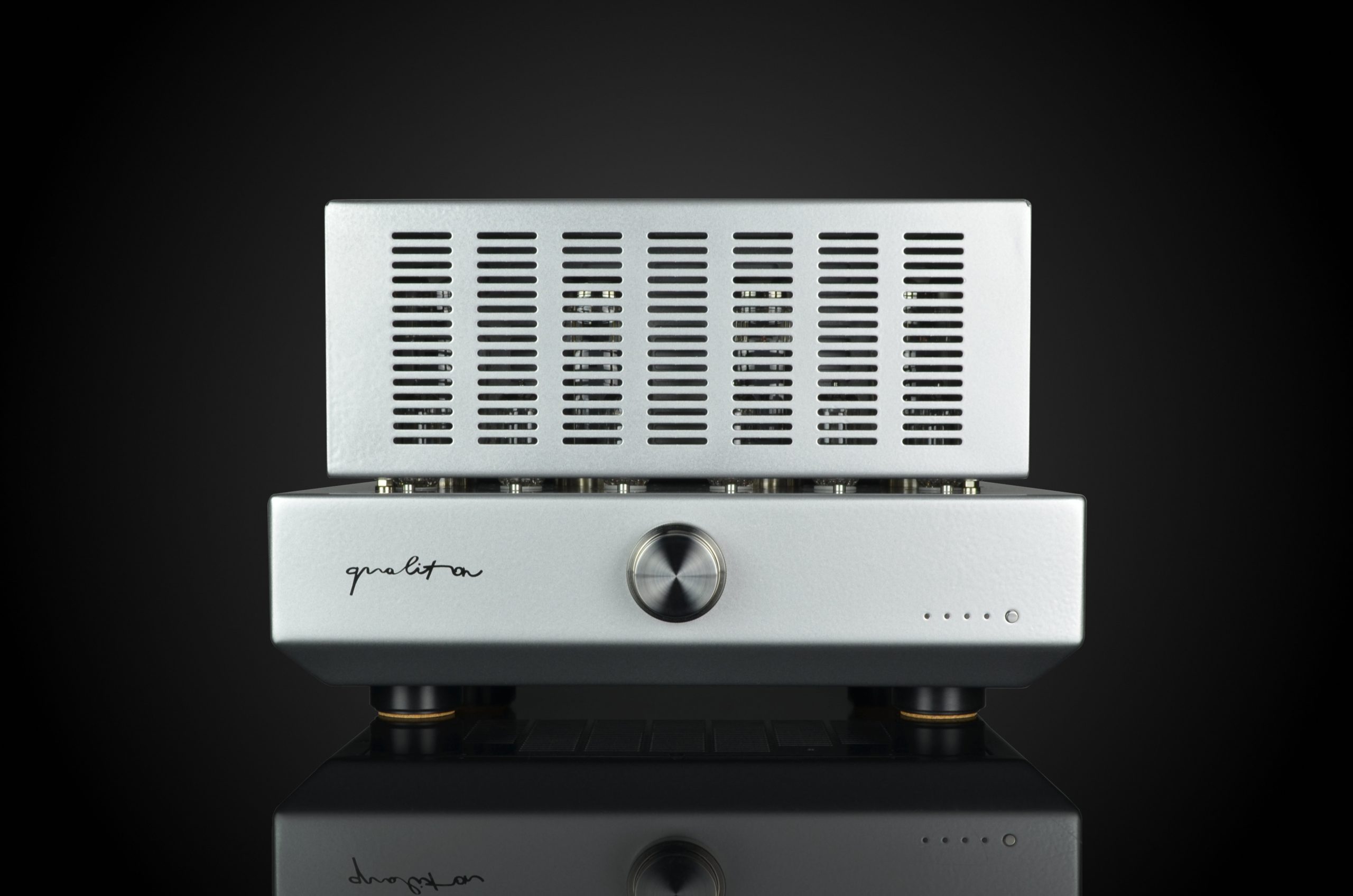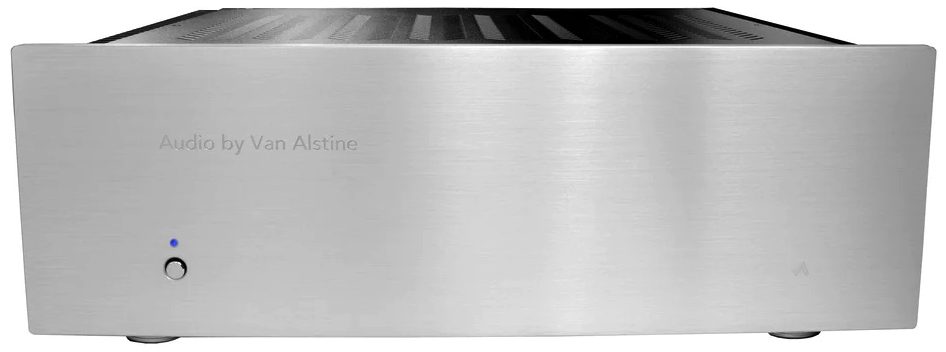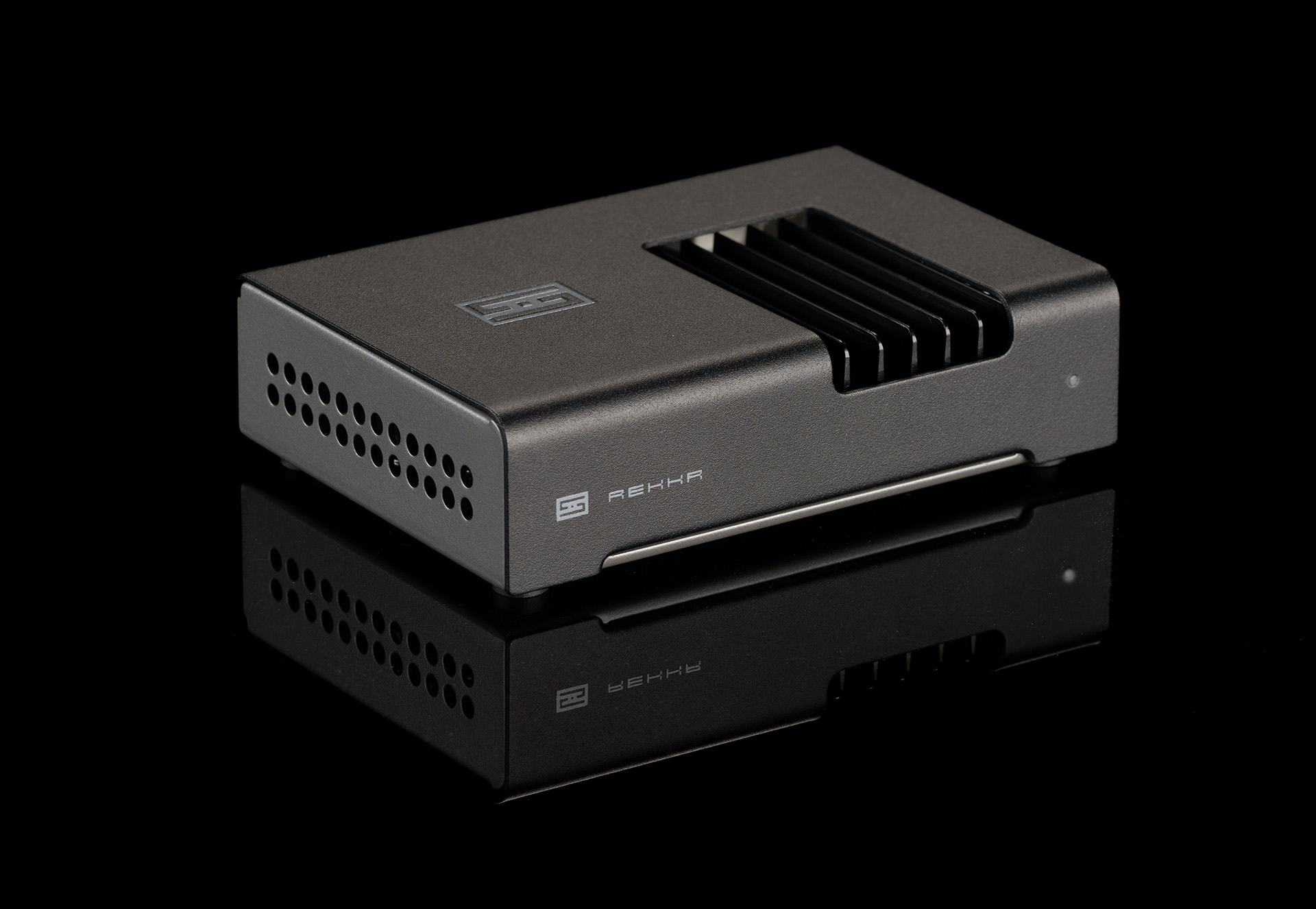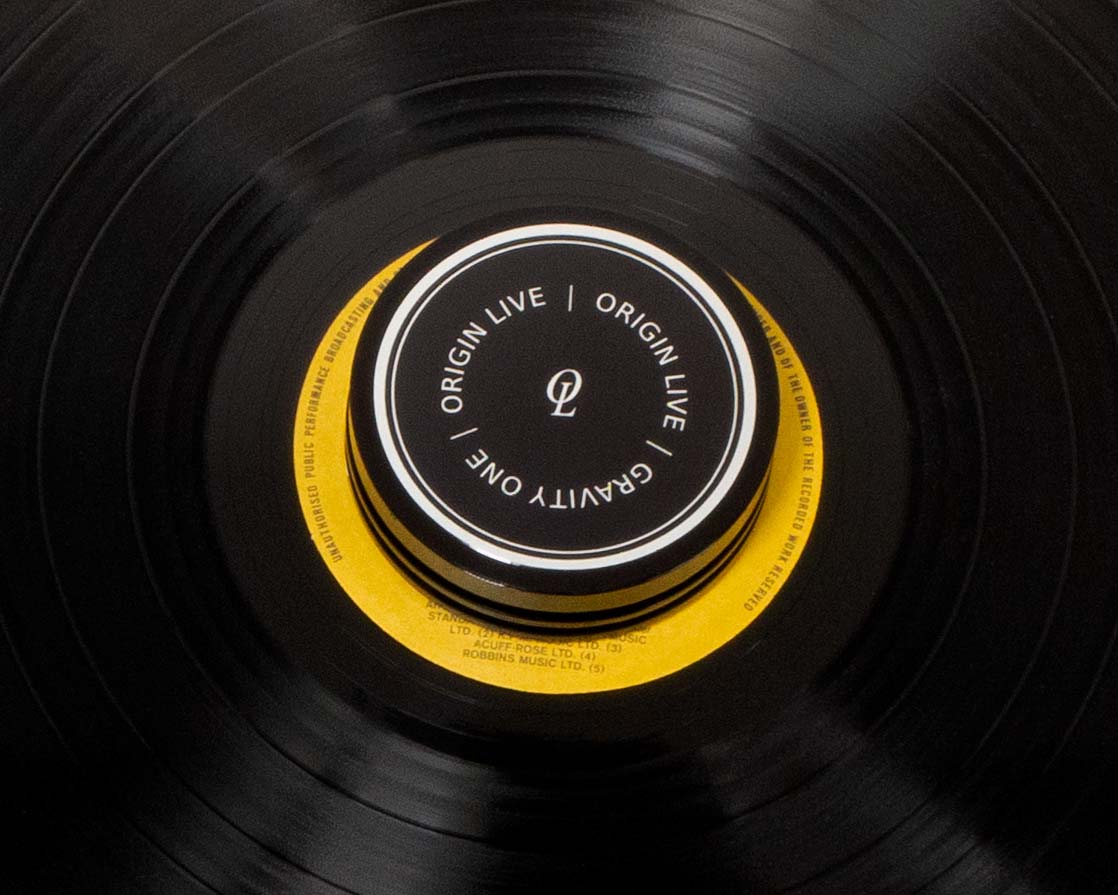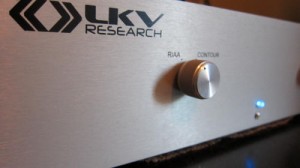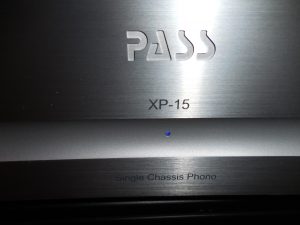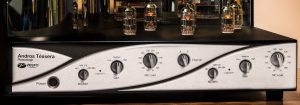Gold Note of Italy are makers of bland black boxes for audio with a low functionality quotient. Not. I've had Gold Note's PH-10 phono stage in for review, and wow it's nice to look at. It's a distinctly elegant design with a clear attention to detail, aesthetic, and functionality. My sample arrived in black, but is available in silver as well. The single knob on the lower right yields access to a wealth of functions. Push to activate the selection function, twist to cycle through the choices, and watch those choices manifest on a crisp, clear OLED screen that's about three inches diagonal. Push until you've reached your setting, and you're good to go. Very simple.
Who is Gold Note
Gold Note is an Italian company that started business as an OEM manufacturer of audio gear more than 22 years ago. It sold its own products under the name "Bluenote," but relatively recently changed their name, likely because Bluenote Records thinks the name is confusingly similar. Though not super well known, Bluenote audio gear received good press with their digital transports (Bluenote Stibbert), as well as vinyl offerings (Bellagio and Bellavista), though I had no personal experience with the brand. The current Gold Note lineup is a nearly soup to nuts audio entity. From cartridges to speakers and everything in between, as well as a rack to set your gear on.
What is it
The PH10 is the more sophisticated of two phono stages offered by Gold Note, with the simpler PH-1 retailing for US$700. In the Standard version, the PH-10 is more of an Italian-Swiss Army Knife than a purely Italian one. The PH-10 provides two inputs, both of which support MC and MM, thus making the PH-10 highly flexible for two-tonearm turntables. Around back are single ended inputs with both balanced and single ended outputs. Despite the wealth of functionality, the PH-10 is only 220 mm wide, 80mm tall, and 260 mm deep, or about 9" x 3" x 10"—it's about a half rack sized component.
Feature-set
This is the richest feature set I've seen in anything under $4000 - $5000 (sorry I'm not going to hunt down equal feature sets and their prices). Two tonearms? PH-10 has you covered. Four gain levels, nine impedance loading options, and three equalization curves area available. Impedance settings include 10, 22, 47, 100, 220, 470, 1000, 22k, and 47k. Equalization curves include the RIAA, which has been the primary recording equalization for most of the last fifty plus years. But you also get the DECCA-LONDON or AMERICAN-COLUMBIA curves. It is hard to imagine a cartridge that would not have a Goldilocks setting. More money allows one to modify the PH-10 further, including an external power supply (about $1100 or €890 as of this writing) coming to the U.S. before summer 2018. I listened to the "stock" PH-10.
With regard to equalization, the RIAA setting was best. Although Gold Note encouraged experimenting with the RIAA, Decca-London, and American-Columbia curves to see what sounded best, that was not fruitful for me. The different equalizations were easy to hear, and sticking with RIAA was clearly the best for my records.
If you've Googled step-up transformers you've probably read comments that "X" setting is best for "Y cartridge" or the like; and it sounds like it takes "magic" when you have the right match. Having access to myriad settings at the turn of a knob was really informative. I ran through several different LPs trying out each different impedance settings. I did not find a single setting best for my low output (.23mV) cartridge, I found several. I wish I could give you the Rosetta Stone for choosing input impedance matching, but I can't. I don't think there is one. There are a range of factors that affect LP playback from the thickness of the LP, the genre, the quality of the grooves, how it was mastered, and many more. This, my short introduction to impedance settings, suggests that "magic" is achieved by matching two impedances with the vagaries of your not perfect playback system (sort of sorry to burst that bubble) playing in a not perfect playback environment, i.e. your room (damn, I'm feeling mean today).
I did not systematically change impedance settings for every LP during my review process. After slugging it out to find a pattern, when none emerged, I got on with listening because my experience is that there are too many vagaries to track down to truly KNOW a formula. So, I mostly stuck with 22Ohms or 47Ohms for satisfying results on all of my record collection. Perhaps other settings might have been better on a particular recording... but I was not going to torture myself. I obtained a sound that fit well within the boundaries of good.
At the end of this discussion it's good to point out that while fifteen hundred dollars (actually $1390) is neither entry level nor affordable to everyone, the feature set is superior to most phono stages at many times its cost. My unresearched conclusion is that the PH-10's feature set is best in its price range. Coupled with exceptionally easy implementation the PH-10 is a compelling option.
I am the third PF reviewer to receive the PH-10 (read those reviews HERE and HERE). At initial startup there was some treble gain that was disappointing. However, with several days of warm up, the treble grain dissipated to better show its performance capabilities. My unscientific opinion is that "break-in" might really be the manifestation of a product reaching thermal stasis so that the whole circuit is operating as designed. I left the PH-10 powered up throughout its stay in my system. As the last of my introduction, whereas Dean Seislove and Dave Clark are, or were, digital first listeners (while I do listen to a lot of digital, and yes it is my primary source for music, I started with vinyl some 50 years ago and continue purchase and play LPs - DClark.), I've prioritized analog to digital since the early 1990s, having owned a table since the 1970s. My take on the PH-10 may be more traditional than theirs.
Out of the box, then, the PH-10's elegant, visual presentation seemed to suggest it would transmogrify my recordings into "elegantized" music, perhaps changing "blue jeans music" into tuxedo tunes, i.e. consonant with its appearance.
Listening
Usually I first choose a recording of known quality, not necessarily a fun (enjoyable?) record, just to make sure everything is operating properly. Satisfaction hasn't been the point, I search that out later. However, it appears I am turning a page in my audiophile book and this time I put on a digitally mastered LP (horrors!) with one of my favorite tunes "The Girls from Texas" from Ry Cooder's Borderline.
I first heard this track while in law school in Texas and... it resonated with me then for many of the reasons I later understood. Houston, Texas was dissonant to me, a Californian, recently emigrated from Berkeley. The song is a fabulous spoof of how tough and loving Texan women are, and plays like a fable for how different Texas and Berkeley are—it's a planet sized difference.
"The Girls From Texas" sounded terrific, with a clarity that made the story sumptuous while delivering the tune nimbly, adroitly, and with the warmth and earthiness often associated with Cooder's roots music. Way more importantly, it was fun! The song's drama and ridiculousness were served between my speakers on an... er, platter! While "PH-10" is not a glorious name, the rendering of this song was terrific, it got down and dirty with that first track and the rest of that side of the LP. If there is a complaint to be made about the album's digital origins, I didn't have it. Bass guitar lines were rich and resonant rather than artificially clean and FAST. Cooder's vocals were quite intelligible and sounded just like a real human being! I found myself transported back to my time in Texas and laughing at the story and my experiences.
With other, better recordings over time I found that the PH-10 had neither a steely character nor an Amaretto character. Its precision, however, did chasten me to revisit my cartridge setup. The outer and inner grooves were noisier than I'd heard listening through Margules Audio FZ47db and NAD's PP4. The former lacks the gain of the Gold Note and the latter lacks the organic qualities of the other two, but neither is quite as resolving. When properly set up, groove noise and distortion through the Gold Note returned to the quiet afforded by the other phono stages, while retaining its greater resolution and insight. Fine tuning my setup shows the sensitivity of the PH-10.
Bass was good, though I did not note exceptionally deep bass, nor was it especially textured or over full. For those seeking "bass slam" perhaps another phono stage is appropriate. Having said that, when I hear music live, I never hear bass "slam," it's rather more amorphous, room filling sound, especially the deeper the notes are. I found the Gold Note's bass presentation engaging and not distracting.
Treble response was well extended. It's neither a steely, hashy 1990s solid-state presentation, nor was it a lovely, syrupy, and airy 1990s tube presentation. It was close to Goldilocks territory, but not exactly a bulls-eye for my system—which can go analytical at the drop of a hat. For those wanting playback where there is something extra or special on every recording, you might be out of luck, because you'll need the recording to have that presentation with the Gold Note, or the rest of your system needs to already be drawn toward that sort of presentation.
Dropping into the midrange the PH-10 is neither romantic nor sterile-y "matter of fact-ish" which is a good thing in my system. Again, my ATC speakers sometimes render too much of a matter of fact presentation which can lead to an analytical, and even worse, lean presentation. My system's signature explains why I've had a tubed phono stage for nearly thirty years. If the PH-10 had a bit more of a bloomy midrange character—a distortion, I'll argue—it would have cozied up to my system very nicely. That quality is what the phono stage (E.AR. 834P) I've used as a reference for twenty years has had—that is an E.A.R. 834p nestled inside an E.A.R. 864.
Both the PH-10 and the 864/834P provide an inky rich sound. But this is not an inky rich with one timbre smudging into another. The Italian phono stage might be a little more precisely drawn than the British 864, but it is also down with a bit less internal illumination. It should not go without saying the English phono stage is just a little less clearly drawn—some might like that some might not—just sayin'.
Imaging was pretty good, reasonably three dimensional, but more like a triangular stage than a square one. Acute attention to setup yields better imaging. I am not an imaging acolyte, so I can only go so far before a lack of interest calls it quits. But, for those so inclined, the PH-10 is likely to image quite well. In an effort to address those who find imaging more important than I, I used a tape measure to get speaker set up "just so." The PH-10 rewarded that effort with superior imaging while also dragging along a welcome increase in fuller tone and timbre.
Comparables
Ray Samuels F117 Nighthawk phono stage is a different beast. You'd prefer the Nighthawk ($795) to the PH-10 if imaging is the most important thing to you. The Nighthawk images as well as phono stages costing way more than it does. It images very precisely, in fact a bit unnervingly so. The cost, in my system, was a slightly unrelenting sound. Tonality is not as nuanced, graceful, or inviting—I metaphorically leaned back to listen to it, rather than leaning in to engage more fully. The Nighthawk is also a phono stage I imagine some might like for its bass slam. This is the phono stage you listen to after you put your glasses on, gulp a cappuccino, and sit upright before dropping the needle to listen. This is a very upfront listen, and somewhat overwhelming, not a phono stage to relax to in my system. The F117 has only one phono input, no equalization, and no impedance settings available. To conclude, the Nighthawk sounded a bit digital to me, even more so than the NAD PP4 which actually is digital.
At about the same price as the Nighthawk and half the Gold Note's price, is the Margules FZ47db MM phono stage from Mexico. In terms of tone and timbre this phono stage is more akin to the PH-10, though it's moving magnet only and retailed for $800 in 2015. The Margules is a very nice phono stage, but lacks the dynamics to drive a low output MC—it lacks the gain for those. Lateral imaging was not as precise as the Italian and its colors were less inky, i.e. less robustly colored. The Margules is a good phono stage, and certainly a product to consider, though finding a U.S. retailer might be a challenge.
Further up the ladder, E.A.R.'s 834p retails for $1695 in ugly black (which may no longer be available) or $2595 for garish chrome. I used the 834 circuit in my E.A.R. 864 preamp for nearly 14 years. The 864/834p has a bit more midrange magic than in the PH-10, with a slightly colored "golden glow" that I found welcoming. Frankly, my system needs a bit of this, you'll not welcome this if yours doesn't. The 864/834p isn't as extended as the PH-10 at either extreme. The E.A.R. was slightly more three dimensional as its three tubes might suggest. With the tubes comes the opportunity to roll tubes to tailor the sound you want, but at an added expense— tube failure. With the PH-10, you have the impedance and gain knobs to tailor the sound without having to hunt high and low for the single tube that creates magic.
Overall, I found the presentation of the PH-10 to be a "modern" sound, less evidence of euphony, billowy sound stages and effervescent treble. There are no rough edges to the sound, nor are timbres overly polished or is detail distractingly presented. If you want a big billowy, 1980s tubey sound... this ain't that beast.
Conclusion
I liked the PH-10 very much. The greater cost yields a better phono stage than any of the less expensive phono stages I referenced here. I found no obvious flaws. I could not detect frequency response aberrations, its bass was good if not world class—shouldn't it be at the asking price? And the treble extension was fine, again, perhaps one could want more treble nuance, but I did not find it lacking at all. Its performance in between those frequencies was somewhere between charming and invisible, i.e. how it accomplished its inviting character was not obvious.
With the ability to change so many important settings that materially affect the sound of the playback, this could well be a long term resting place on your audiophile voyage. It's good enough to be the destination, even nirvana for some. Its price seems very good for what's on offer. And, if it can sing in my system without going down ugly alleys, that it did not do, it'll likely sing in most other systems. As with most things audiophile, taste will determine what's magical or what's just "good" for you. If tubes are so "last century" (I don't think they are, but that's me), then the added functionality of Gold Note's features is the new millenia's tube rolling. Whereas some beauties require big sacrifices and are high maintenance, this Italian beauty is anything but. Recommended.
Gold Note PH-10 Phono Stage
Retail: $1390
Gold Note




